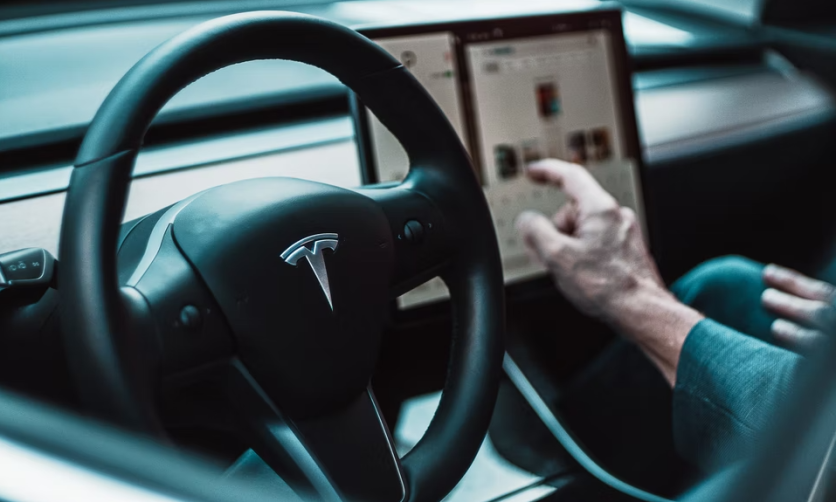
Tesla reportedly recalled 54,000 cars and SUVs because the full self-driving software allows them to roll through stop signs, which increases the risk of accidents.
Tesla to Remove Full Self-Driving
The U.S safety regulators posted documents on Tuesday, Feb. 1, stating that the automaker will disable the full self-driving feature with an over-the-internet software update.
The full self-driving feature, also known as "rolling stop," allows cars to go through intersections with all-way stop signs at up to 5.6 miles per hour, according to ABC News.
The automaker, owned by Elon Musk, agreed to the recall after meeting with officials from the National Highway Traffic Safety Administration, or NHTSA. However, Tesla claimed that it knows of no crashes caused by the feature.
The recall will include X SUVs and Model S cars launched from 2016 to 2022. It will also include the Model 3 sedans released from 2017 to 2022 and Model Y SUVs released from 2020 to 2022.
A couple of chosen Tesla drivers are beta testing the full self-driving software on public roads. The car company says the vehicles can't drive themselves, and drivers must always be ready to take over at all times.
The update to disable the feature will be rolled out in early February. The NHTSA said in the documents that failing to stop for a sign can significantly increase the risk of a car crash, according to TechCrunch.
Safety advocates complain that Tesla should not be allowed to drive the car with untrained drivers and that the software can malfunction, exposing pedestrians and motorists to danger. Other automakers with the same software test them with trained drivers.
Tesla introduced the full self-driving feature in a software update that was sent out to testing owners on October 2021. NHTSA met with the car company on Jan. 10 and 19 to talk about how the full self-driving software works.
On Jan. 20, the automaker agreed to disable the full self-driving feature with the software update. The owners will receive notification letters on Mar. 28, according to The Verge.
The rolling stop feature lets vehicles go through all-way stop signs as long as the driver has enabled the function. The cars had to be running below 5.6 miles per hour while approaching the intersection.
Also, no moving cars, bicyclists, or pedestrians must be detected nearby. All roads leading to the intersection had to have speed limits of 30 miles per hour or less.
The Teslas would be allowed to go through the intersection at 0.1 miles per hour to 5.6 miles per hour without coming to a stop.
The faculty chair of autonomous vehicle engineering at Princeton University, Alain Kornhauser, said that the recall is an example of NHTSA doing its job as the road safety watchdog for the United States.
The recall shows that they can be effective even if the automaker should have been more responsible in the first place.
Complaints Received by NHTSA
In November, NHTSA said it was looking into a complaint from a Tesla driver that the full self-driving software caused an accident. The driver told the agency that the Tesla Model Y went into the wrong lane and was hit by another car.
The vehicle gave the driver an alert halfway through the turn, and the driver tried to turn the wheel to avoid other traffic. However, the car went in the wrong lane as it failed to allow the driver to take control.
Related Article: Tesla Full Self Driving Beta Back to 10.2 For Now Amid 10.3 Crash Warning Issues
This article is owned by Tech Times
Written by Sophie Webster

![Apple Watch Series 10 [GPS 42mm]](https://d.techtimes.com/en/full/453899/apple-watch-series-10-gps-42mm.jpg?w=184&h=103&f=9fb3c2ea2db928c663d1d2eadbcb3e52)


